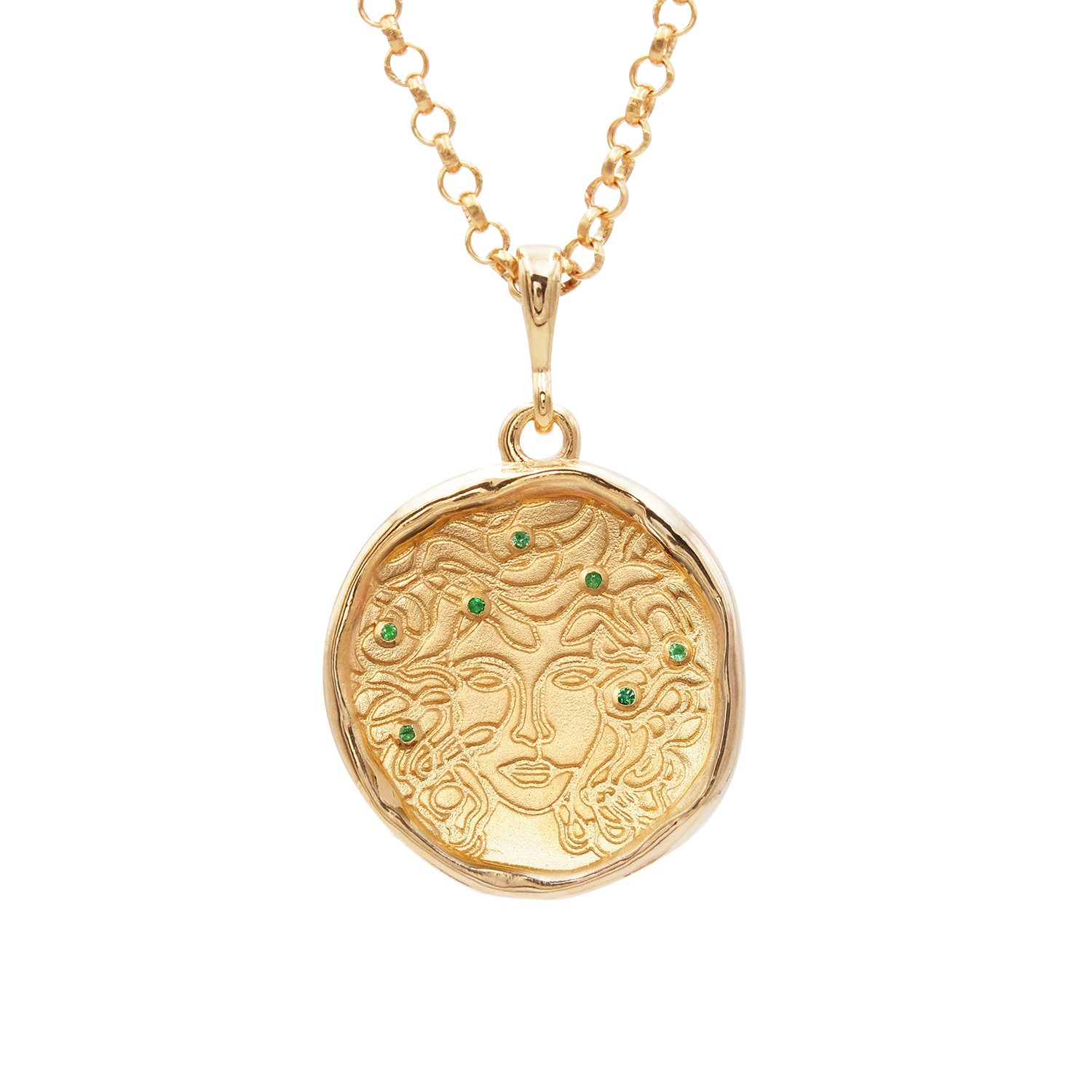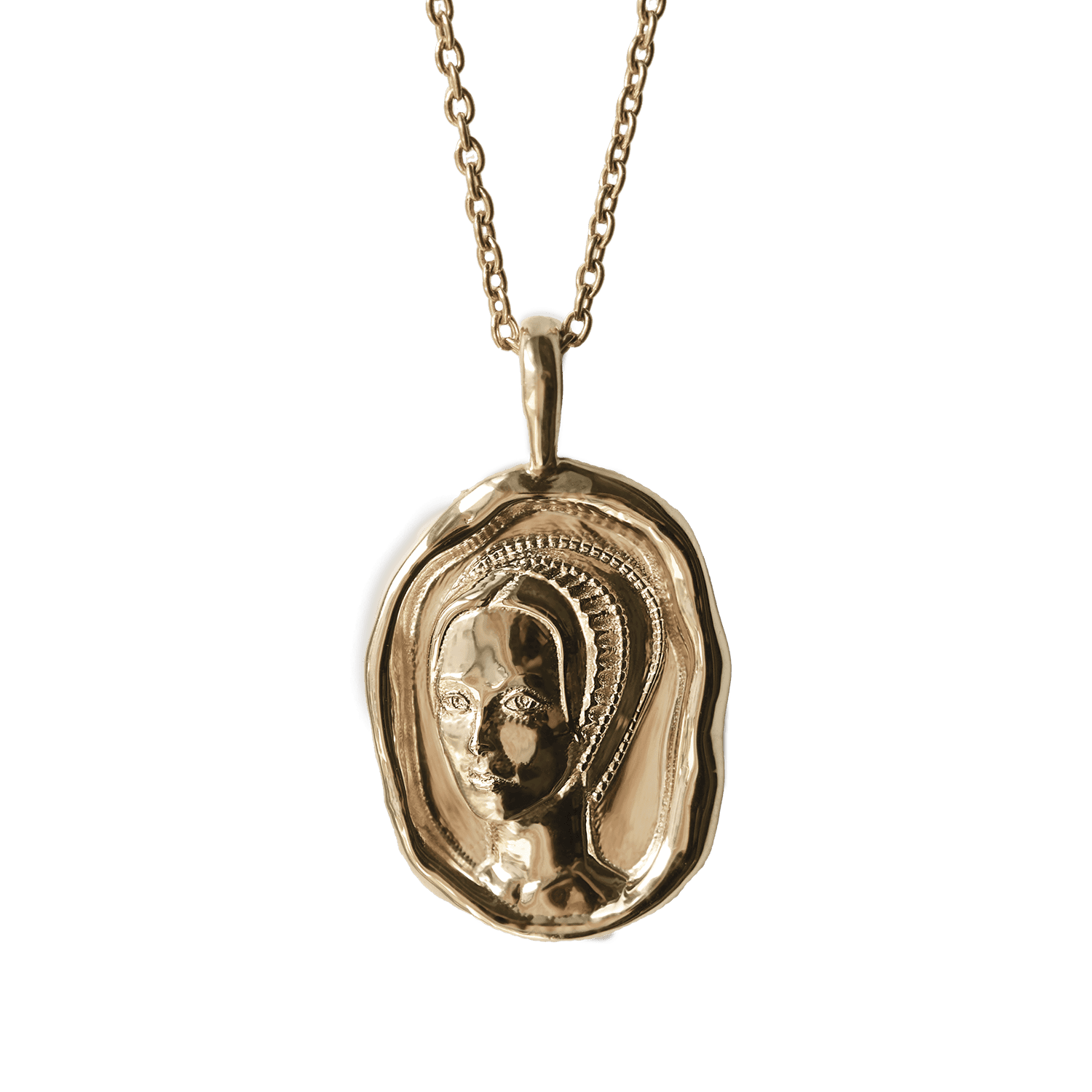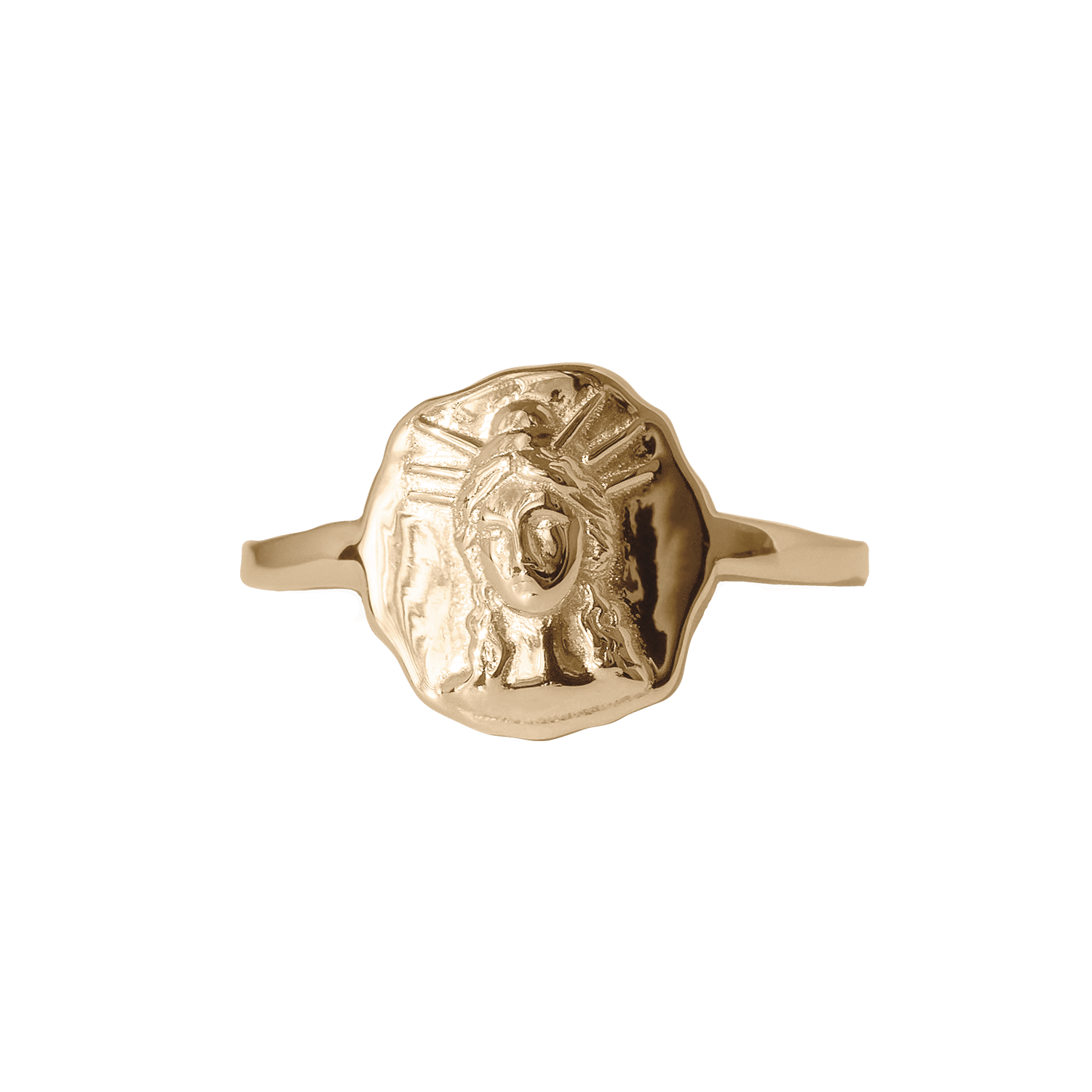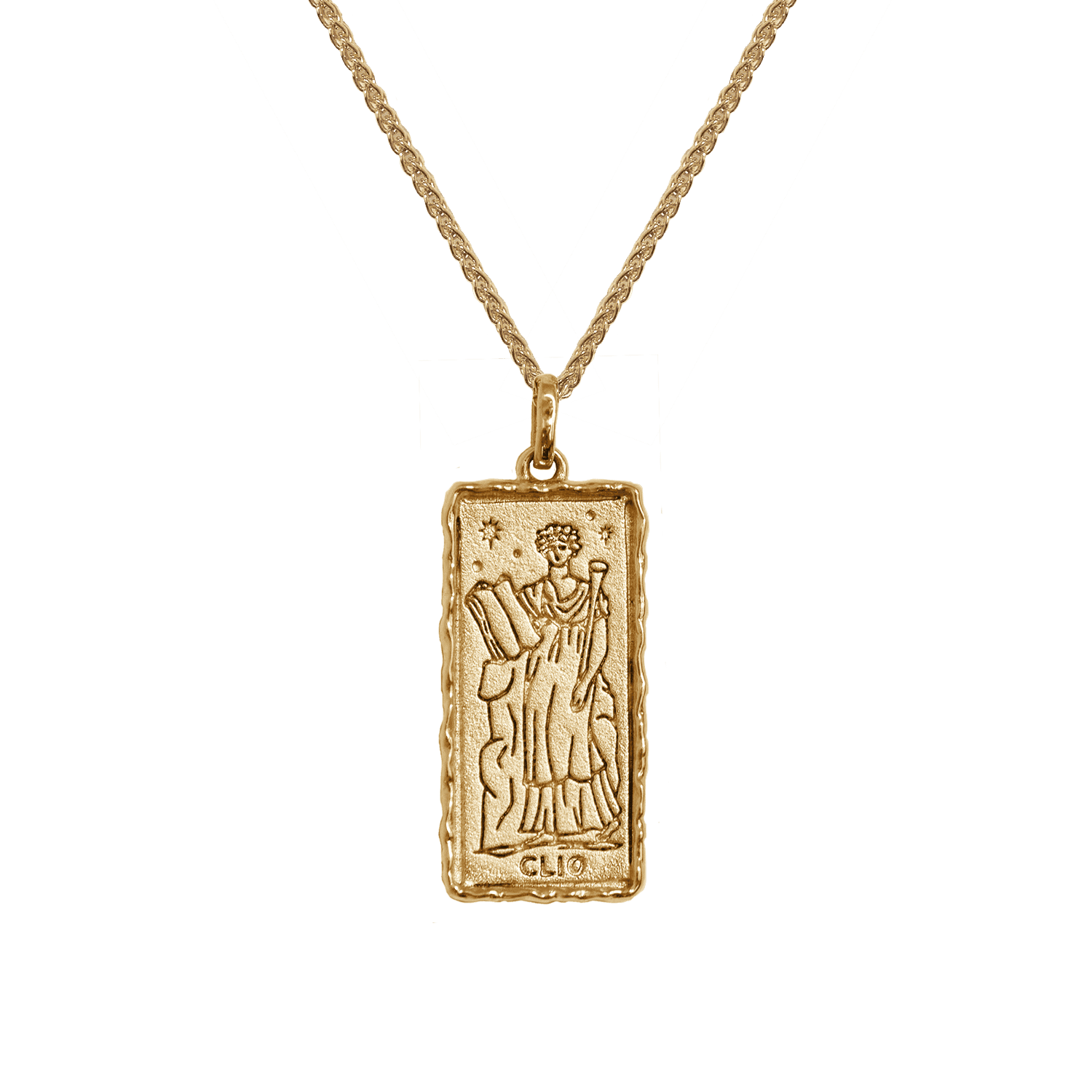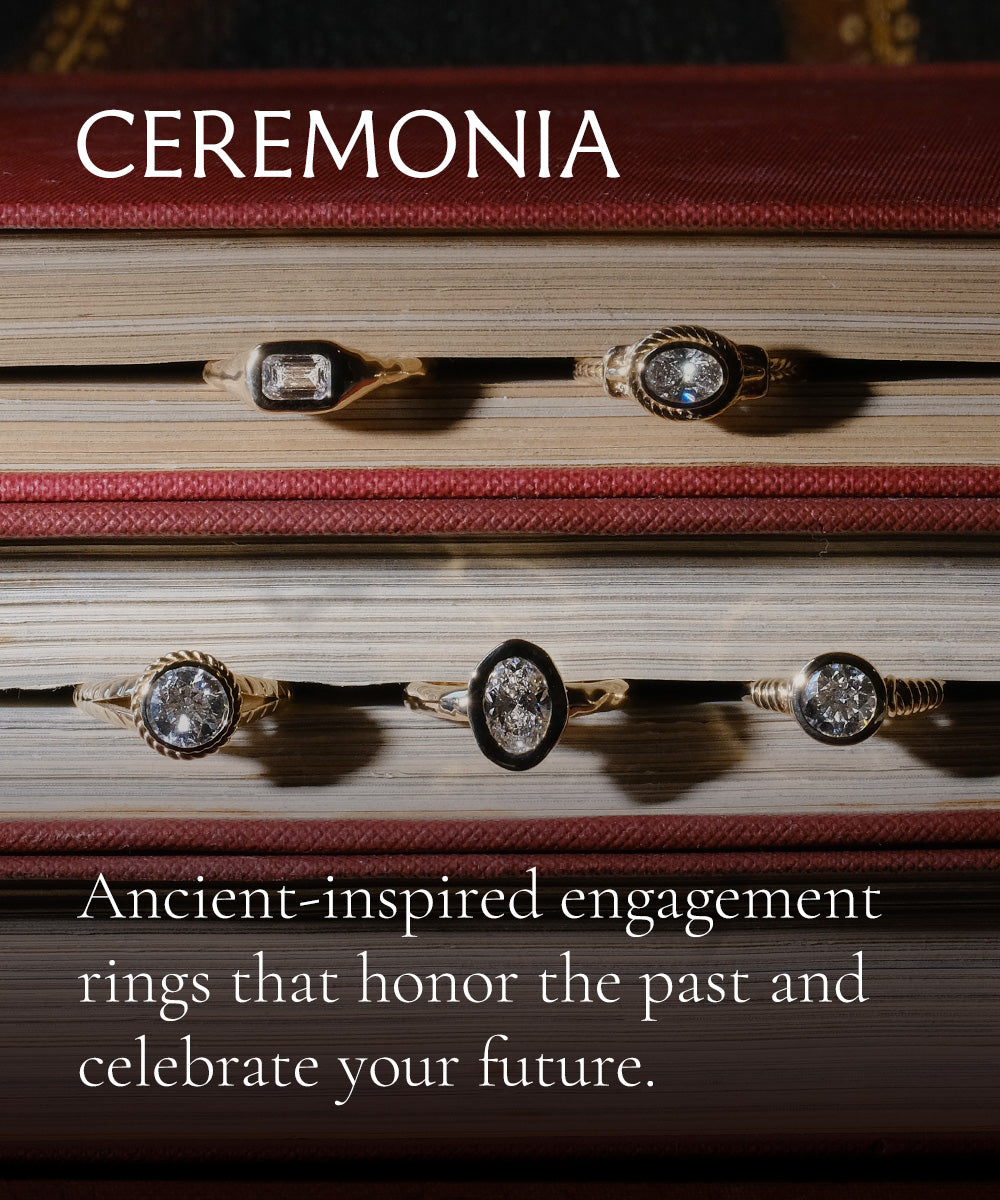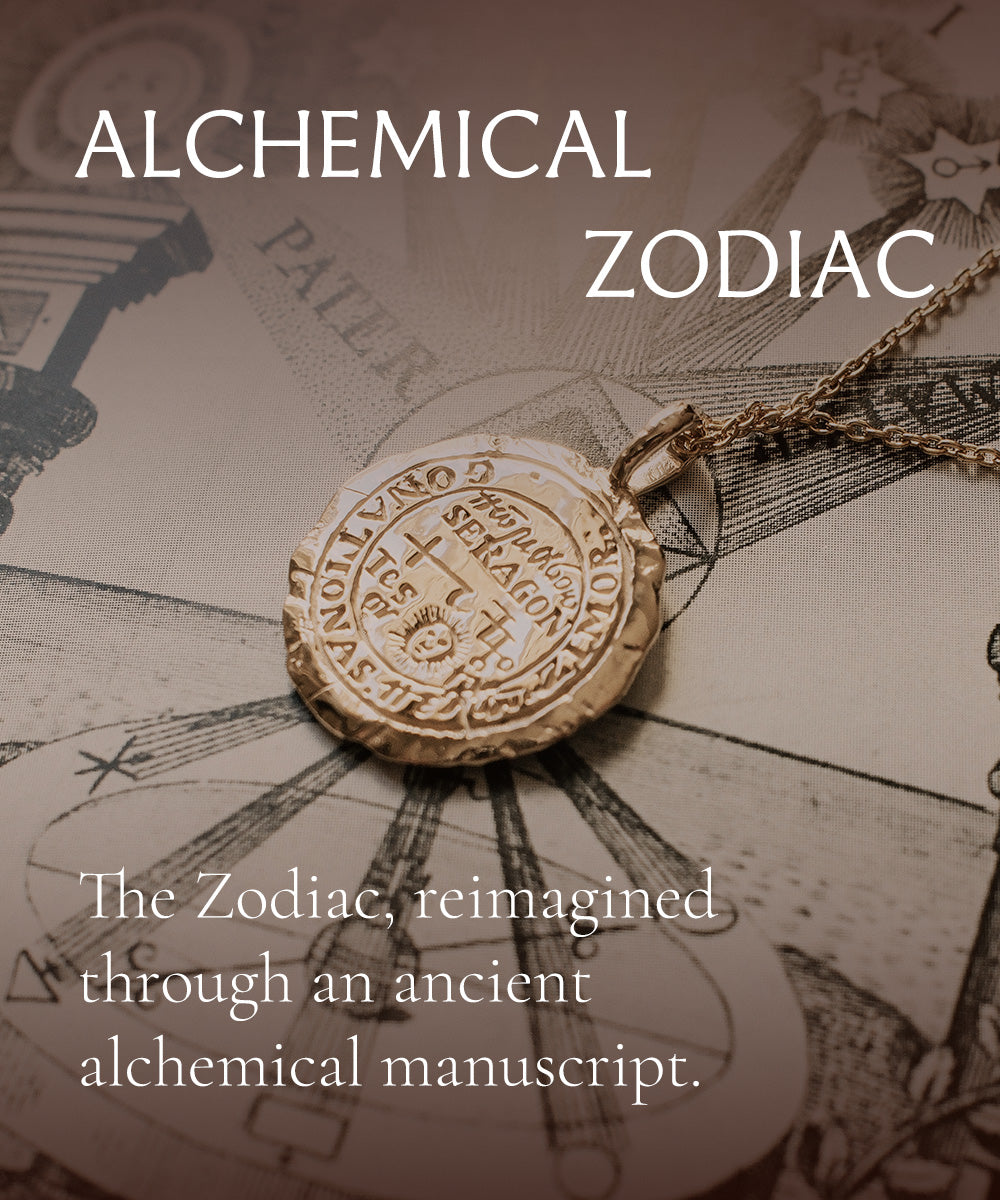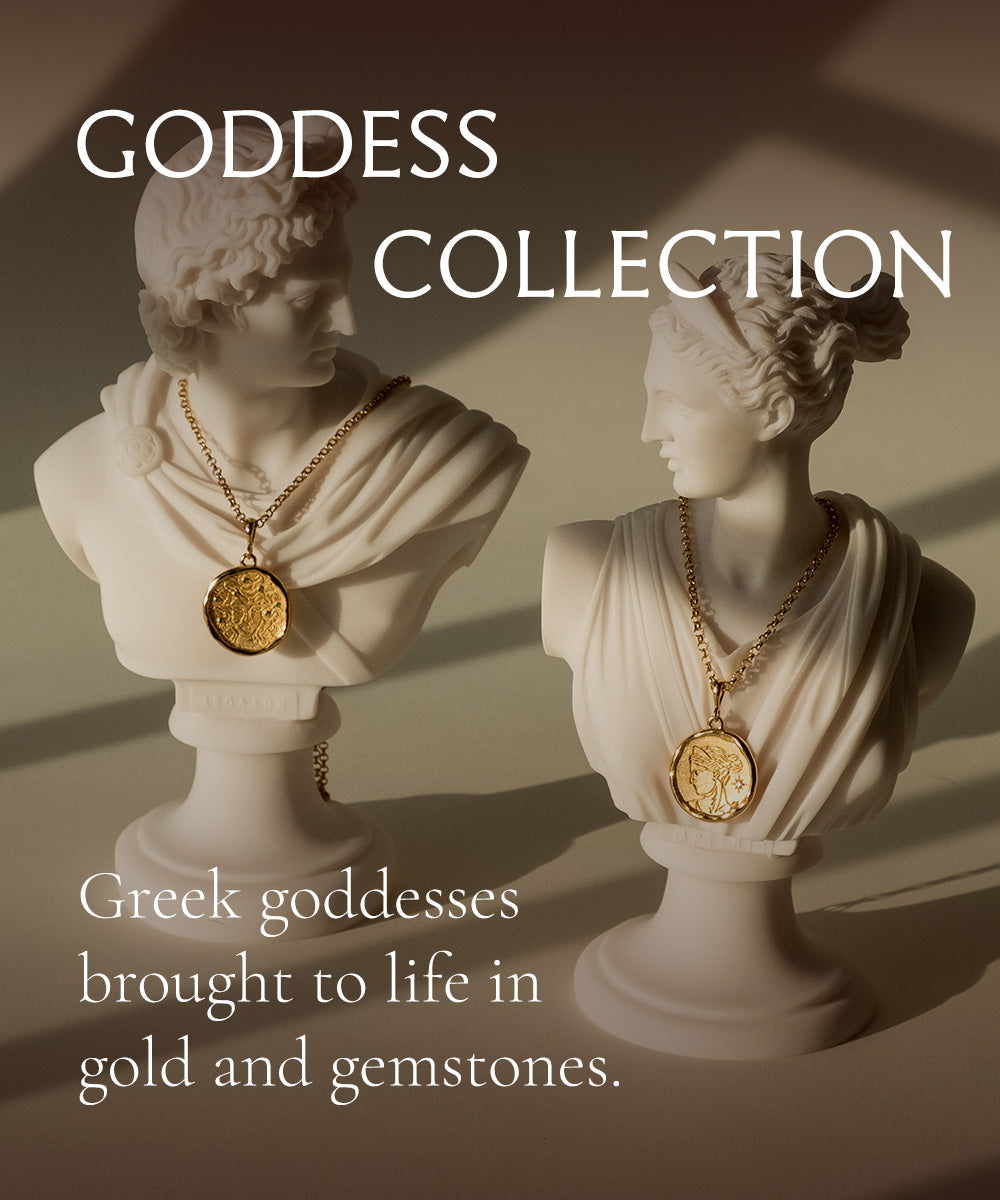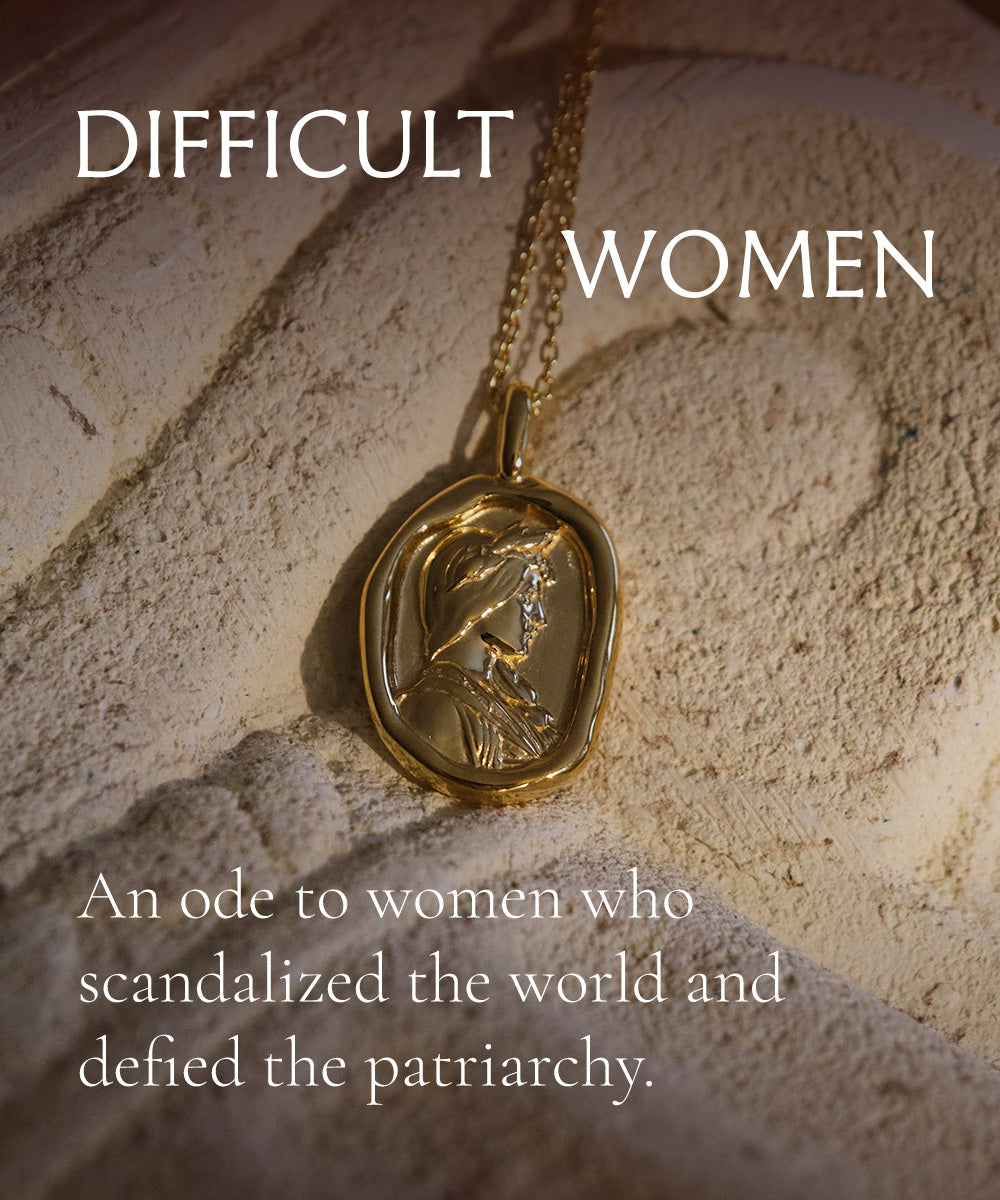The symbolism of jewelry in ancient Egyptian culture is so saturated with blessings, curses, magic, and meaning, that we still use those same tokens, talismans, and symbols today. You know them: the scarab, the ankh, the lotus flower, the all-protecting eye of Horus (or wedjat).
All these talismans had layers of symbolism. The eye of Horus represents, of course, the god Horus, son of Isis and Osiris. But the eye also signifies healing and becoming whole again, and even deeper, it represents life after death, and the impermanence of today. People wore this talisman to ward off evil, protect their health, and to find peace in the cycle of life.
Even certain colors were symbolic. Bright yellows were representative of the all-powerful sun god Ra, and a golden eye of Horus would bring heath and prevent curses from harming the wearer. When a pharaoh died, a green stone was put in their mouth, that they may speak clearly in the afterlife. Black gems and jewelry called up images of the starlit night, of death and rebirth, a pervasive idea in the psyche of ancient Egyptians.
At this time, Egyptians appreciated lavish, intricate designs, and jewelers were skilled beyond anything the world had yet seen, but would continue to appreciate forever after. In ancient ruins, you’ll find things that you can see in any boutique or jewelry shop today: strings of colored beads, signet rings, cuff bracelets inlaid with gems, dangly earrings, even heart-shaped jewelry (although the ancient Egyptian versions were more reminiscent of real human hearts, which is, objectively, way cooler).
Almost everyone wore some type of jewelry, with little regard to gender, age, or status, though the type (gems, metals, stones, glass, glazed clay, bones, teeth) would often denote personal taste and social status. Even small children, who often wore little to no clothing, at least wore a bit of jewelry for spiritual protection—beyond decoration, jewelry was an incredibly potent source of power, so much so that the idea has lived thousands of years after the rise and fall of the kingdom.
The deeply held belief in the power of gems, symbols and talismans reached out of the objects and into the lives of Egyptians. Loved ones exchanged talismans in hopes that they would bring good health, safety and fortune to those they held dear. We do the same today. Think of Valentine’s Day. Jewelry is a popular gift for a reason, and it’s beyond the capitalist machine; gifting jewelry has been a deeply intimate and loving gesture for thousands and thousands of years.
The ancient Egyptian belief system promised a lavish afterlife, and so people were often buried with their favorite jewelry, knowing that after they passed from this world, the love of those they held dear would keep them safe forever after in that great unknown.
